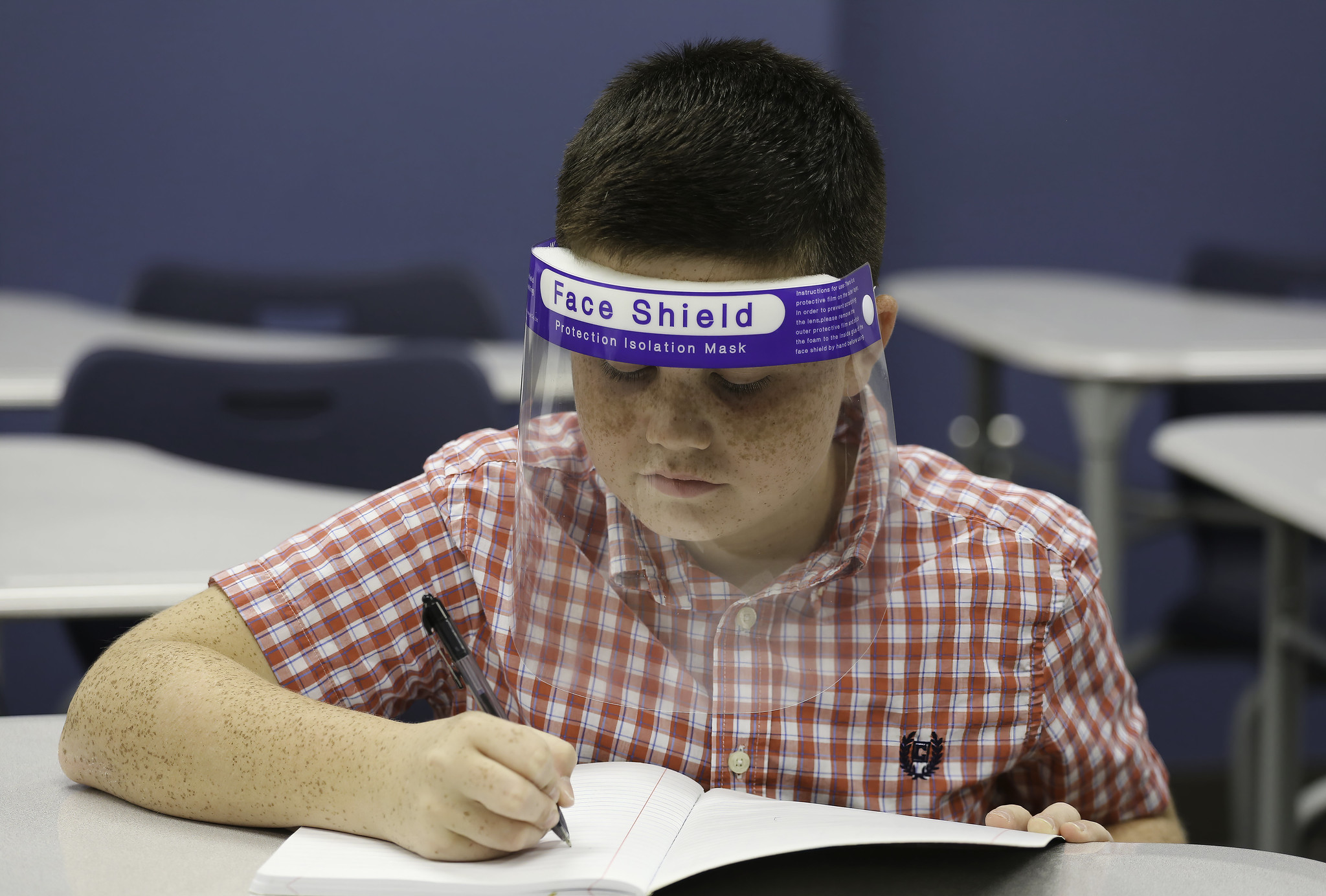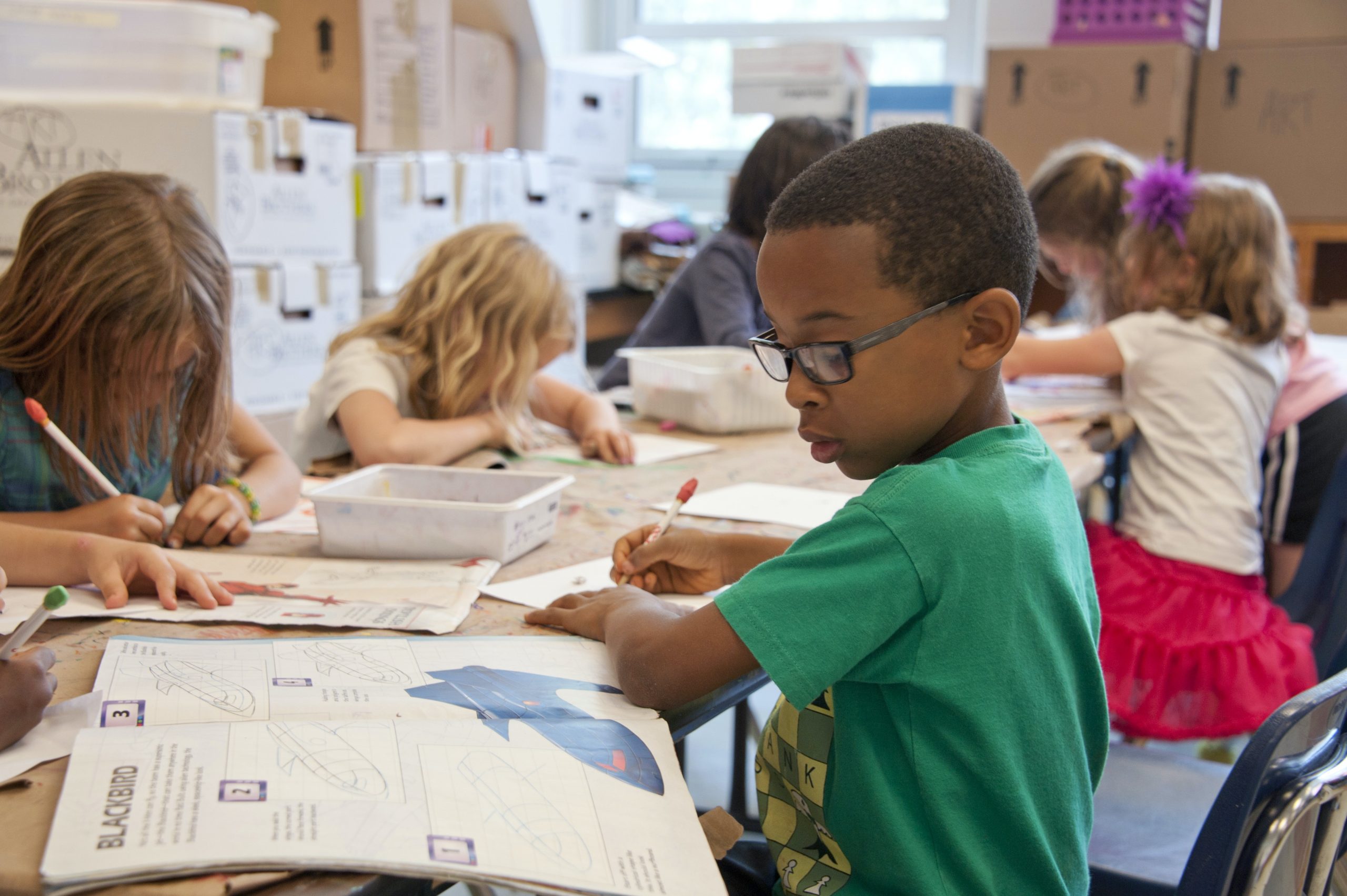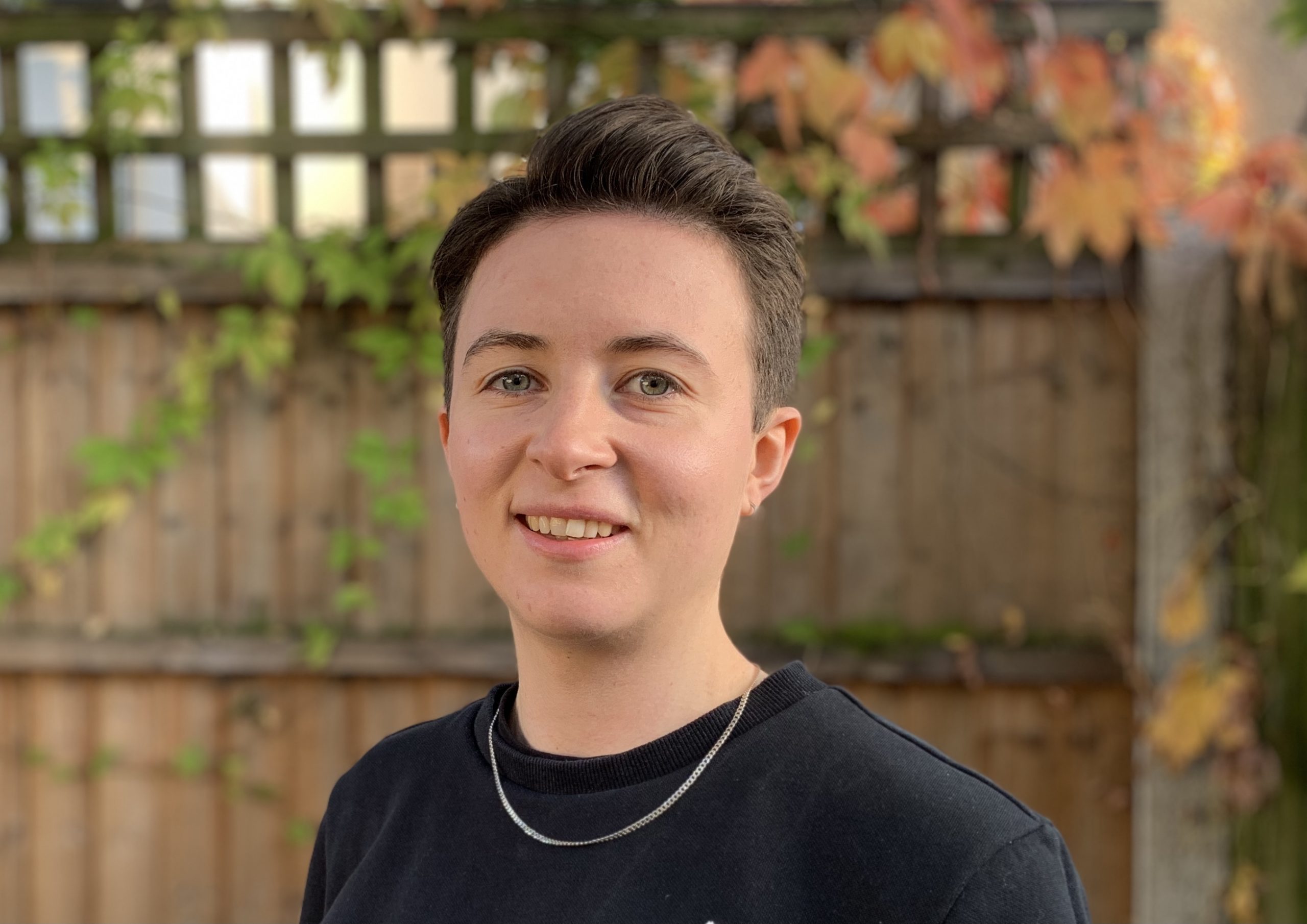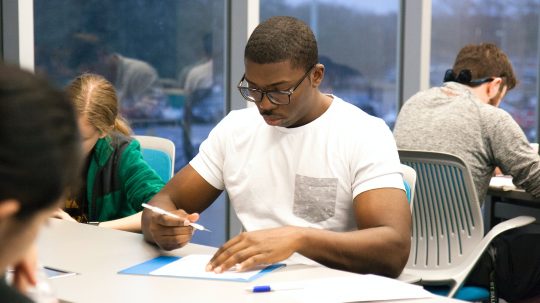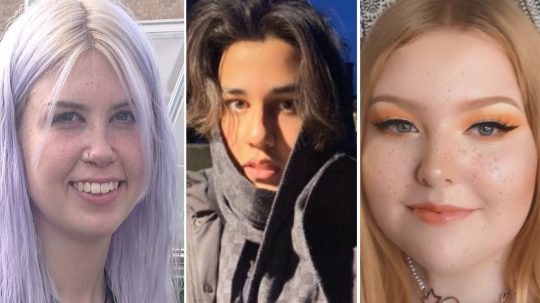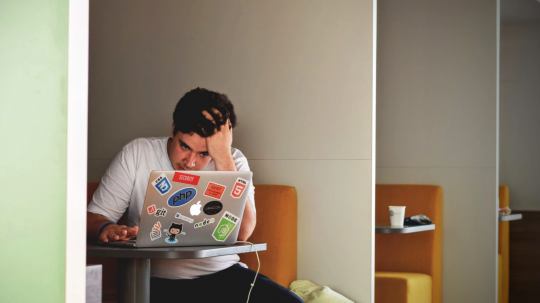Campaigners are calling on the government to improve its guidance on Covid-19 safety measures in schools, saying it risks children’s rights to health, life and development.
Covid-19 has claimed the lives of 108 children and young people up to the age of 19 across the United Kingdom since the start of the pandemic in January 2020, according to data available this month from Public Health England / UK Health Security Agency, Public Health Scotland, National Public Health Service for Wales and the Department for Health in Northern Ireland.
The deaths include 15-year-old Jorja Halliday, from Portsmouth, who died on 28 September 2021, which was the day she was due to receive her Covid-19 vaccine.
The Schools Covid-19 Operational Guidance issued by the Department for Education states that children are no longer required to wear masks in classrooms or communal areas in schools. Children also do not need to be grouped into “bubbles” or required to self-isolate if they either live in the same household as someone with Covid-19 or come into close contact with someone who has it, even if they are unvaccinated.

Credit: Yan Krukov / Pexels
Elizabeth Stubbins Bates, an early career fellow at Oxford University’s Bonavero Institute of Human Rights, which specialises in human rights law, told EachOther that children’s rights may be breached if steps are not taken to keep them safe while educational settings remain open.
“Children’s rights are indivisible; they fit together like jigsaw pieces,” said Stubbins Bates. “A state cannot choose just one piece of the jigsaw – in this case, the right to education – and pretend that its practice is children’s rights compliant.
“In the UK, and especially England, the removal of safety mitigations in schools risks children’s right to health, and in some cases, their right to life, survival and development under the UN Convention on the Rights of the Child.”
Stubbins Bates said that the government’s current guidance engages with the UK’s obligations under the European Convention on Human Rights, enshrined in British law by the Human Rights Act. These obligations relate to Article 2 (right to life), Article 3 (the prohibition of torture and inhuman or degrading treatment) and Article 8 (right to respect for private and family life).
“Under the case law of the European Court of Human Rights, states have positive obligations to set out a legal and administrative framework to protect the right to life, and where there is a real and immediate risk to an individual’s life, the state must also take certain positive steps to protect that individual,” added Stubbins Bates.
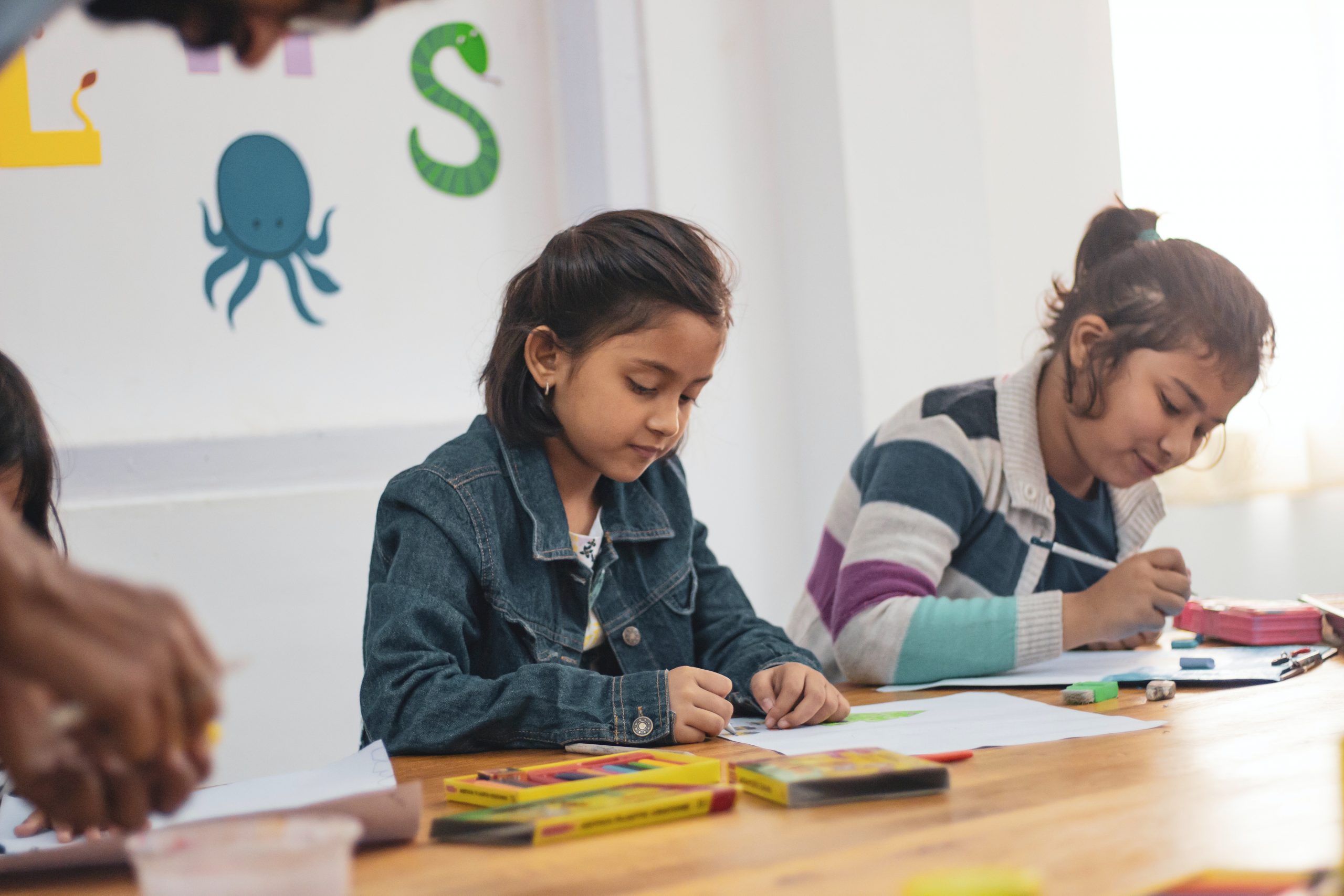
Credit: Pragyan Bezbaruah / Pexels
“These positive obligations must not impose an ‘impossible or disproportionate burden’ on the national authorities, but insisting on Covid-safe mitigations in schools is an obvious requirement. It is neither impossible nor disproportionate.”
A growing number of campaigners have condemned the Department for Education over its Covid-19 guidance for schools.
These include SafeEdForAll, an advocacy group set up in November 2020 by parents, many of whom are clinically vulnerable or have vulnerable children and family members.
Sarah Saul, one of the founders of SafeEdForAll, told EachOther: “We maintain that it isn’t morally or legally acceptable to unnecessarily and knowingly expose anyone to an increased risk of infection.
“So, when it comes to schools, at the minute operating in the way they do without a multi-layered, scientifically recognised mitigation strategy, they are unnecessarily and knowingly exposing children, school staff and their families to an increased risk of infection.”
SafeEdForAll is calling for a range of mitigation measures, including reducing class sizes to enable distancing and face masks for students, as is the case for secondary school pupils in Scotland.
The World Health Organisation recommends that children above the age of 12 who are not exempt should wear face masks in the same conditions as adults, in particular when a one-metre distance cannot be maintained.
SafeEdForAll is also calling for the government to fulfil its pledge of providing carbon dioxide (CO2) monitors in all schools, which can be used to quickly identify places where improved ventilation is needed to help reduce infections.
“We want schools open, but we want them open safely, and we don’t want the risk increased,” added Saul.
The Department for Education’s guidance, which was last updated on 27 September, requests that schools should identify “poorly ventilated spaces” and “take steps to improve fresh air flow in these areas”.
It also claims that CO2 monitors will be provided to all state-funded schools from September. However, a Sky News report on 5 November revealed that more than half of the 300,000 CO2 monitors promised by the government had yet to be delivered to schools.
The government has also faced questions after the independent watchdog, the Joint Committee on Vaccination and Immunisation (JCVI), passed a decision over whether to vaccinate 12-17 year olds onto the UK’s chief medical officers.
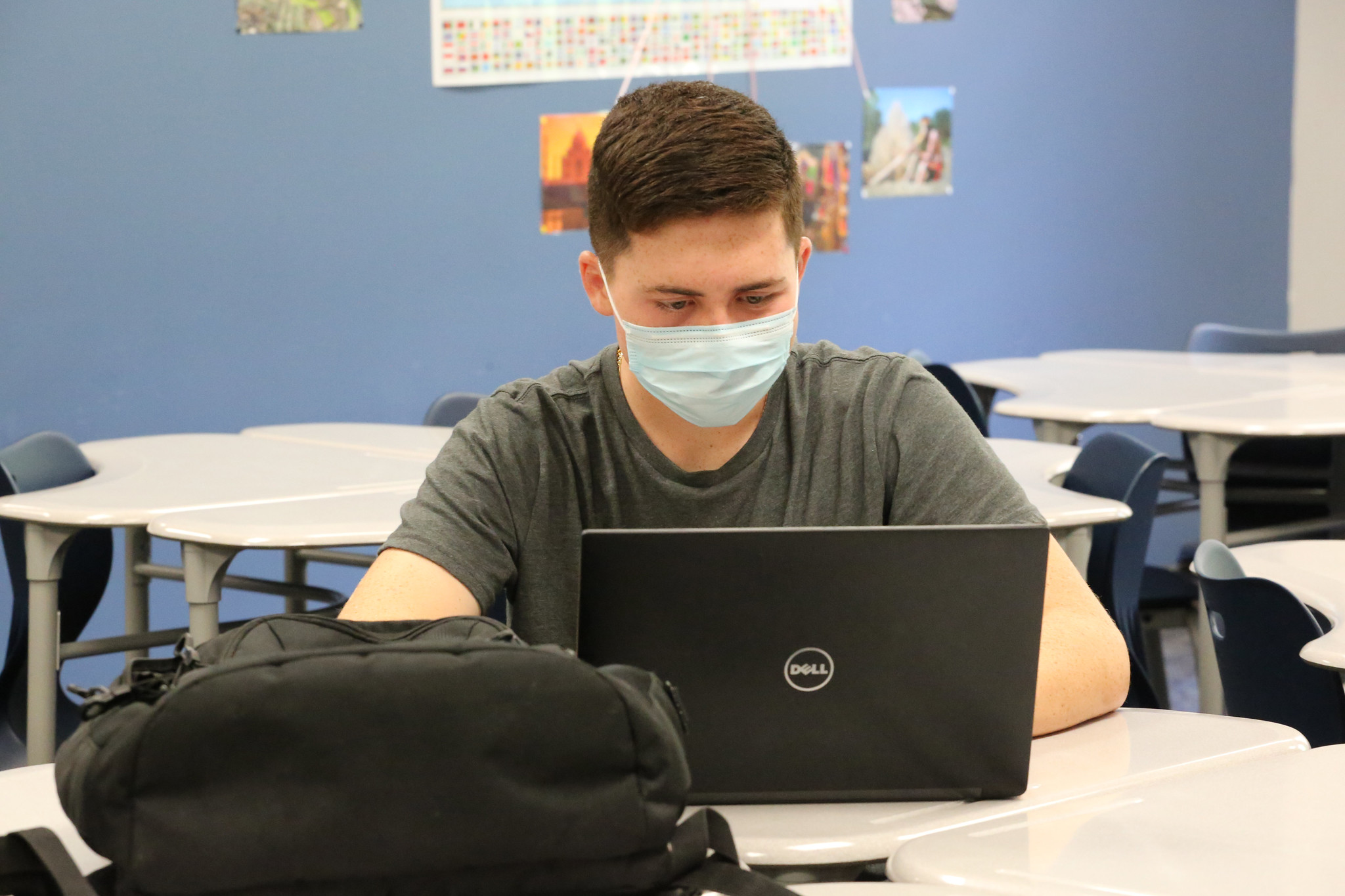
Credit: Jill Carlson / Flickr
The JCVI also dismissed modelling from the University of Warwick, alongside calculations from Public Health England, that there would be “large reductions” in infections if 80% of 12-17 year-olds were fully vaccinated. The committee’s minutes from earlier this year stated that natural infection for children might be better than vaccination.
In a statement, a Department for Education spokesperson said: “Our priority is protecting face-to-face education, and vaccinations and regular testing are the best defence against the virus.
“That is why we are supporting schools to encourage their pupils to keep testing, as well as making it possible for 12-15 year-olds to get their jab at vaccination centres across the country.
“The protective measures in place in schools strike a balance between managing transmission risk – with enhanced ventilation, regular Covid testing and vaccinations of older students and staff – and reducing disruption to education by removing the need for close contacts in bubbles to self-isolate and for face coverings to be worn in most cases.”
Editor’s Note: Updated on 9/11/2021 to accurately portray Safe Education For All’s campaign to enable distancing and face masks for all students old enough to understand the measures.

